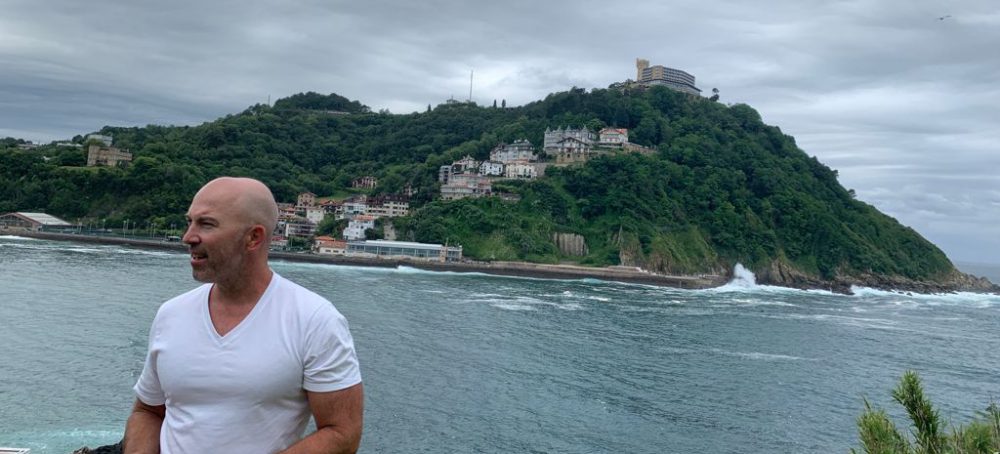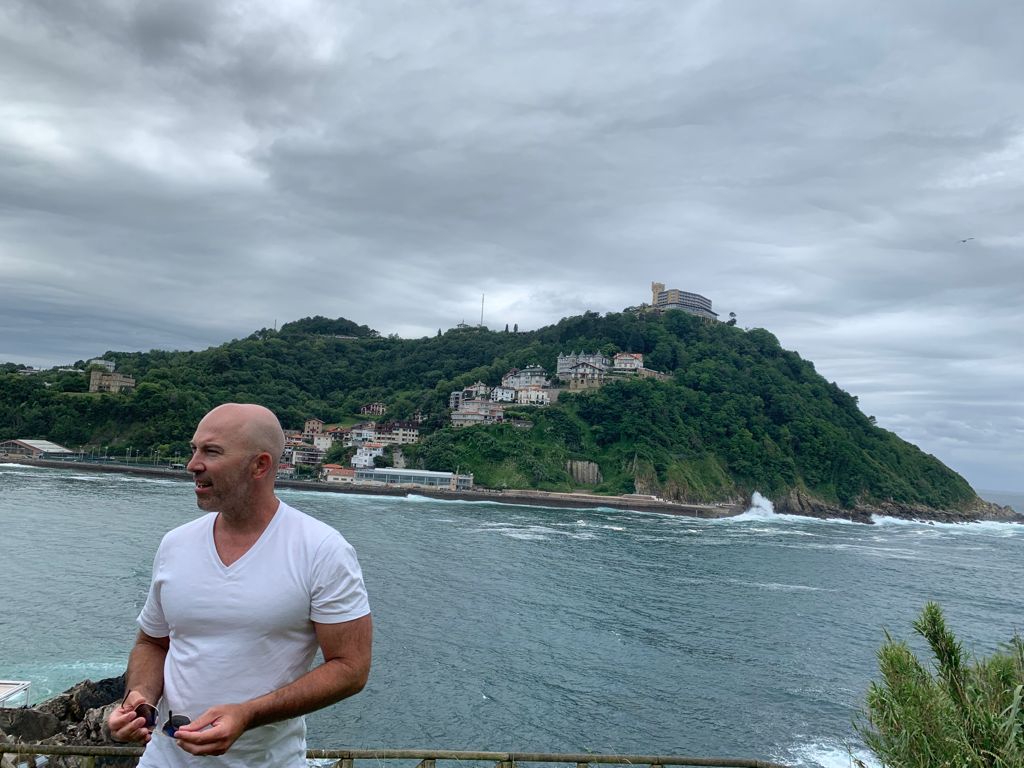by Joseph Okafor
Last week on the dreary Tuesday afternoon of July 6th, we took a ferry over to the Isla de Santa Clara which sits directly in the Bahía de La Concha off the coast of San Sebastían. Even in the ferry, the masks were still on, or at least nearby, as we closed the first full week of July in the northern Basque region of Spain. There had been a recent surge of COVID-19 cases in the country due to primarily young students who had finished exams having ill-advised but understandable super- spreading functions. I’m glad to say our group did not partake and was protected as we had received vaccines unlike Spain’s youth population who are not yet eligible. The scene from the boat was immaculate and truly astounding to the eyes and mind. As the ferry departed the shore and we set sail for the Island, the beautiful and famous La Concha beach was straight ahead.
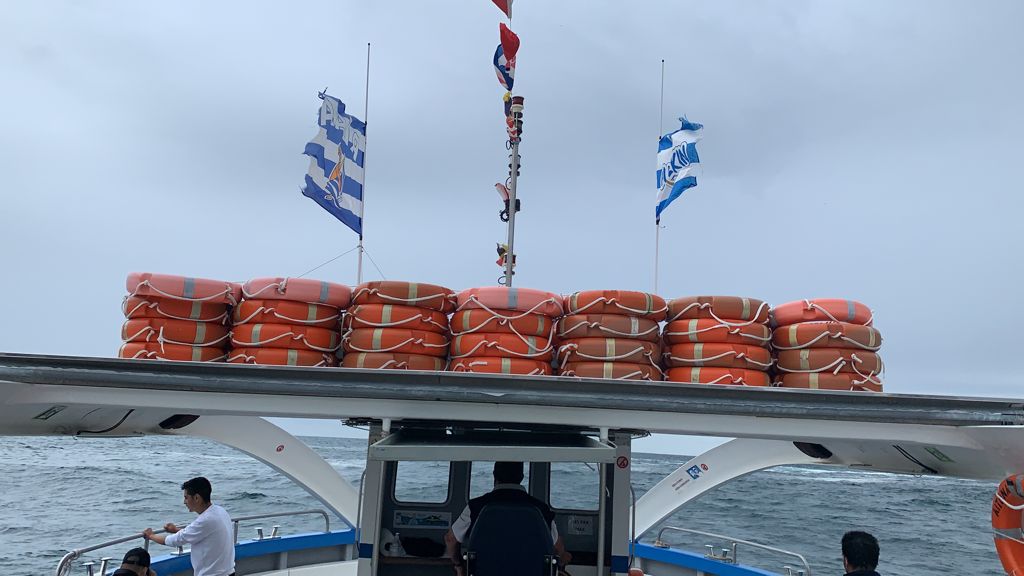
Professor Zabalbeascoa and my classmate, Audrey Waisnor, took pictures for some fellow ferry riders. The excitement to reach the island was palpable! As we navigated the waters, we circled within the yellow sea markers in between the beach and a trove of other smaller boats. It is no surprise that San Sebastían maintains some of the best seafood I have ever eaten, especially the bacalao, from one Casa Vergara in Parte Vieja. The statement does mean a lot as I’m from the bay city of Boston, Massachusetts, known for their lobster, cod fish, and other spectacular seafood.
As I’m pondering San Sebastían’s delectable food, I look forward and view the string of homes that are famously and rightfully the most expensive in Spain: the Mirakontxa. I imagine waking up and having the beach literally right at your footsteps and become once again thankful for the opportunity of that being my reality for these three weeks. As the ferry bends the water, Ondaretta Beach, near our residence hall in the neighborhood of Antiguo, is in our sights with a tremendous mountain landscape in the background.
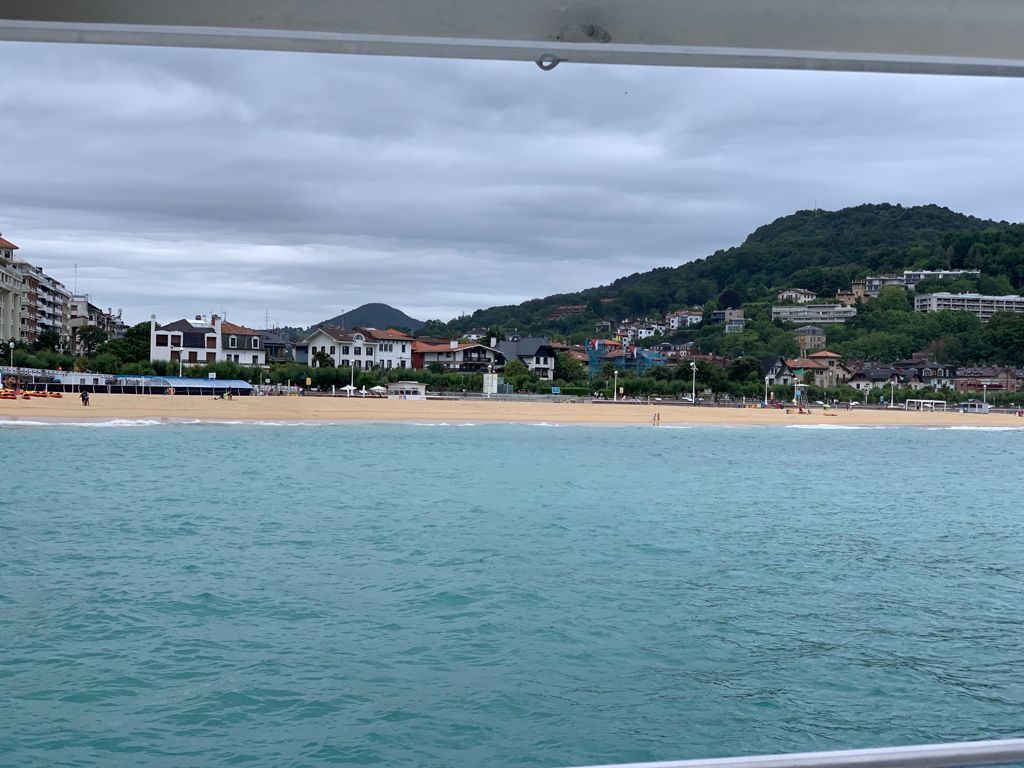
At this point in the trip, we are reminded of the lackluster weather of the day as we experience a flurry of showers. We covered our heads and hoped to make it to the island as soon as possible. On a more fun note, we also experienced some rocky waters which was a bit exciting for me as someone who does not go on the water very often. I was reminded about how grand the oceanic feats of the Basque people have been — from conquering the animals of the sea using small, dangerous rowboats centuries ago to now maintaining a booming and successful fishing industry. It is no surprise that people from all stripes throughout the globe flock to take in this little city and all it has to offer.
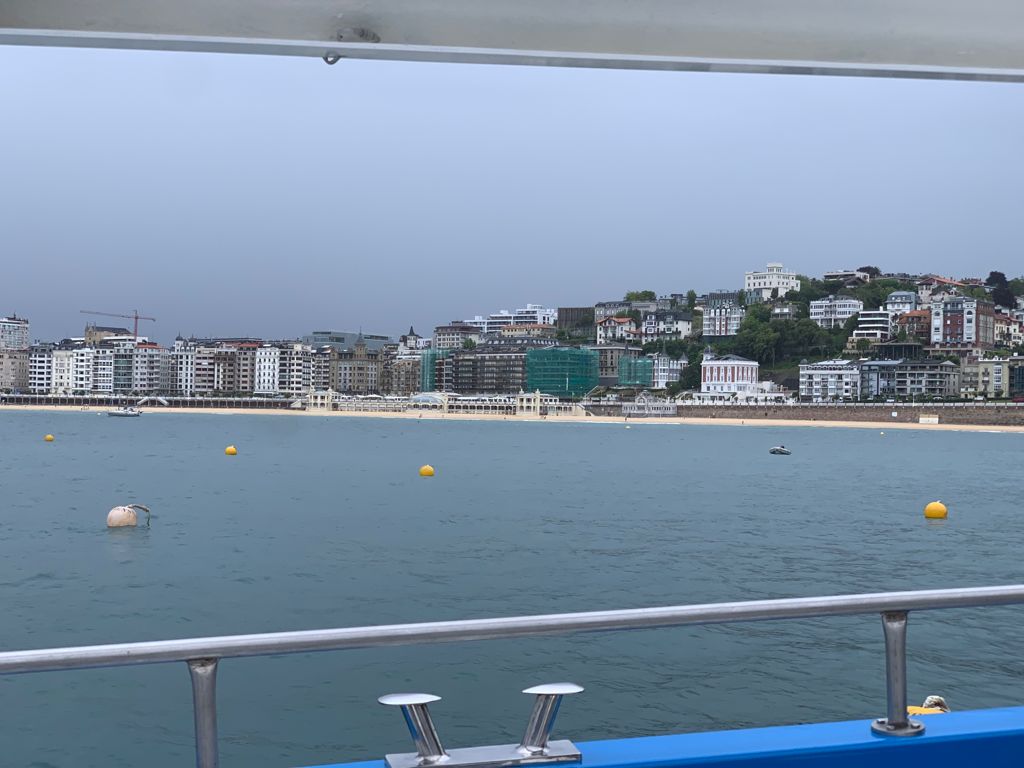
When we made it to the Island, we hiked upward a little and found a patch a grass to sit perched across the sea from the cliffs of Mount Igueldo directly ahead. In our view was the El Peine de los Ventos or the Combs of the Wind sculpture by Eduardo Chillida that we had visited a week prior. It was an interesting metal work of art embedded within the rocks on the Bay of la Concha that caught my attention when first introduced to them. Professor Zabalbeascoa explained a theory of their meaning at that time as signifying the past, present, and future and our duty in life to do our best to maintain a perfect balance of all. We, as humans, are informed by the past and look forward to the future but must always live in the “eternal now” as he called it. That stuck with me along with an additional architectural feat, although less visible, to our left: the Miramar Palace. Queen Isabel II had decided to spend her summers there in the late 19th-early 20th century as did Queen María Cristina, solidifying the bond between the city of San Sebastían and the Royal Family.
As we jokingly sulked over the less-than-perfect weather, Professor Zabalbeascoa lectured a bit of history to us while we pondered what was left to do in our final week in San Sebastían. “Hacer surf” and “visitar el Museo de Guggenheim” were proposed along with some visits to local restaurants and neighboring towns. The wind was quite strong but the temperature hovered around 65 degrees Fahrenheit so I was not complaining although I wished for improved weather in our last days. Our group recapped the trip so far and made plans for some ventures during the final week including a day trip to the Basque city of Saint Jean de Luz right over the border in France.
This study abroad trip in San Sebastían has been a tremendous opportunity to broaden our horizons. Professor Zabalbeascoa beseeched us to “take that spirit that you have found here and take it back home” in order to keep alive the energy of learning and exploring in all aspects of our lives. He said this as he relayed his own abroad experiences as a young college student. Beyond the scenic views and the mouth-watering cuisine, the Basque community is historically and culturally rich. It is a prime reminder that the world is indeed our oyster and this experience should further fuel our desire to traverse the globe.
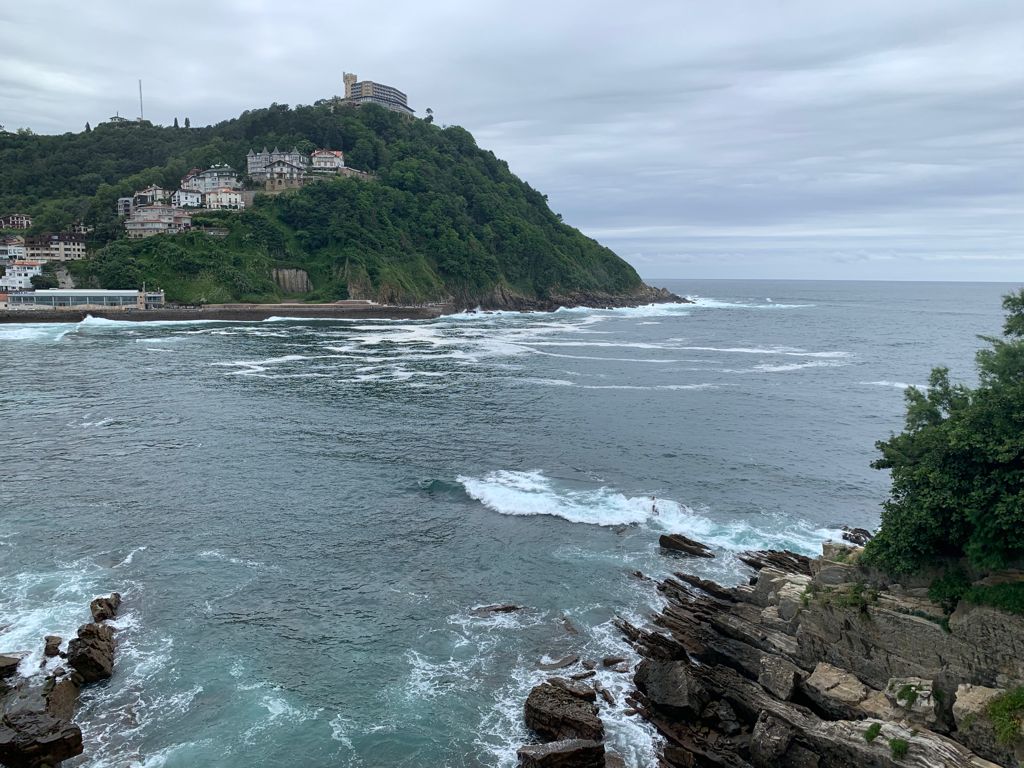
by Joseph Okafor
